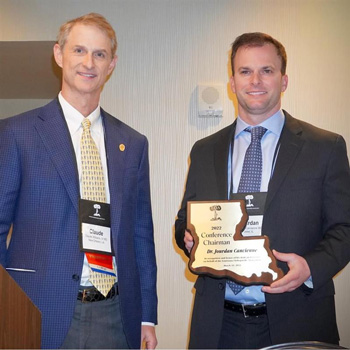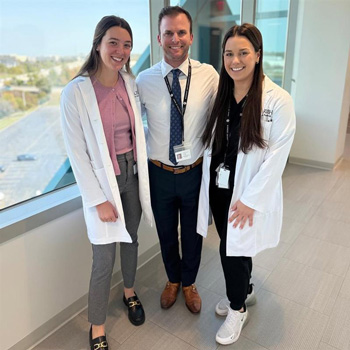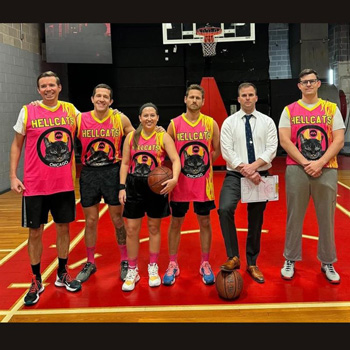What are Gluteus Tendon Tears?
The gluteal muscles (situated in the buttocks) are necessary for the stability and movement of the hip joints. The tendons of two gluteal muscles (gluteus medius and gluteal minimus) are attached at the outer hip region and are often called the “rotator cuff of the hip.” These tendons may be subject to injury or tearing due to various reasons. Since these gluteal muscles are involved in abduction (movement of your leg away from the midline of the body), the tears are also called abductor tendon tears.
Causes of Gluteus Tendon Tears
There exist numerous causes associated with gluteal tendon tears including:
- Traumatic hip injuries
- Hip tendinitis (irritation and swelling of the tendons) from sports-related overuse
- Poor muscle strength
- Age-related degeneration of the tendons
- Injury during total hip replacement surgery
Symptoms of Gluteus Tendon Tears
The common symptoms of gluteal tendon tears include:
- Pain and tenderness in the hip region which is usually aggravated by lying on the affected side
- Abnormal gait
- Muscle weakness
Diagnosis of Gluteus Tendon Tears
Your doctor will review your symptoms and physically examine your hip to diagnose a gluteus tendon tear. An MRI scan is performed to confirm the diagnosis.
Treatment of Gluteus Tendon Tears
Partial tears may be treated by conservative therapy without surgery. Surgical intervention is necessary if your symptoms persist even after conservative therapy.
Conservative Treatment
This may involve the following measures:
- Modifying your daily activities
- Rest
- Anti-inflammatory drugs and painkillers
- Physical therapy involving strengthening exercises
Surgical Treatment
Surgery may involve open surgery or endoscopic surgery. Open surgery has a higher rate of surgical complications and chances of re-tear, but certain tears require open surgery. Endoscopic surgery is minimally invasive and may be associated with a faster recovery. Your surgeon will discuss the ideal technique for you.
The procedure of Endoscopic Surgery
Endoscopic surgery involves the following steps:
- General or regional anesthesia is administered.
- A few small incisions are made over the hip and three portals are created to access the gluteus tendons.
- An arthroscope consisting of a tiny camera is inserted through one of the portals to view the torn tendon.
- Instruments are passed through the other portals to carry out the procedure.
- Your surgeon uses a device known as a suture anchor to repair your torn tendons or fix them back to the bone.
- For severely damaged tendons, a reconstruction may be performed using a gluteus muscle flap or a donated Achilles tendon graft.
Recovery After Gluteus Tendon Repair
- Your surgeon suggests the use of crutches for 8 weeks to decrease stress on the repaired tendon
- Physical therapy is necessary and is initiated the day following surgery
- You will need to follow certain precautions to avoid a re-tear
- Complete healing may take up to 4 months








